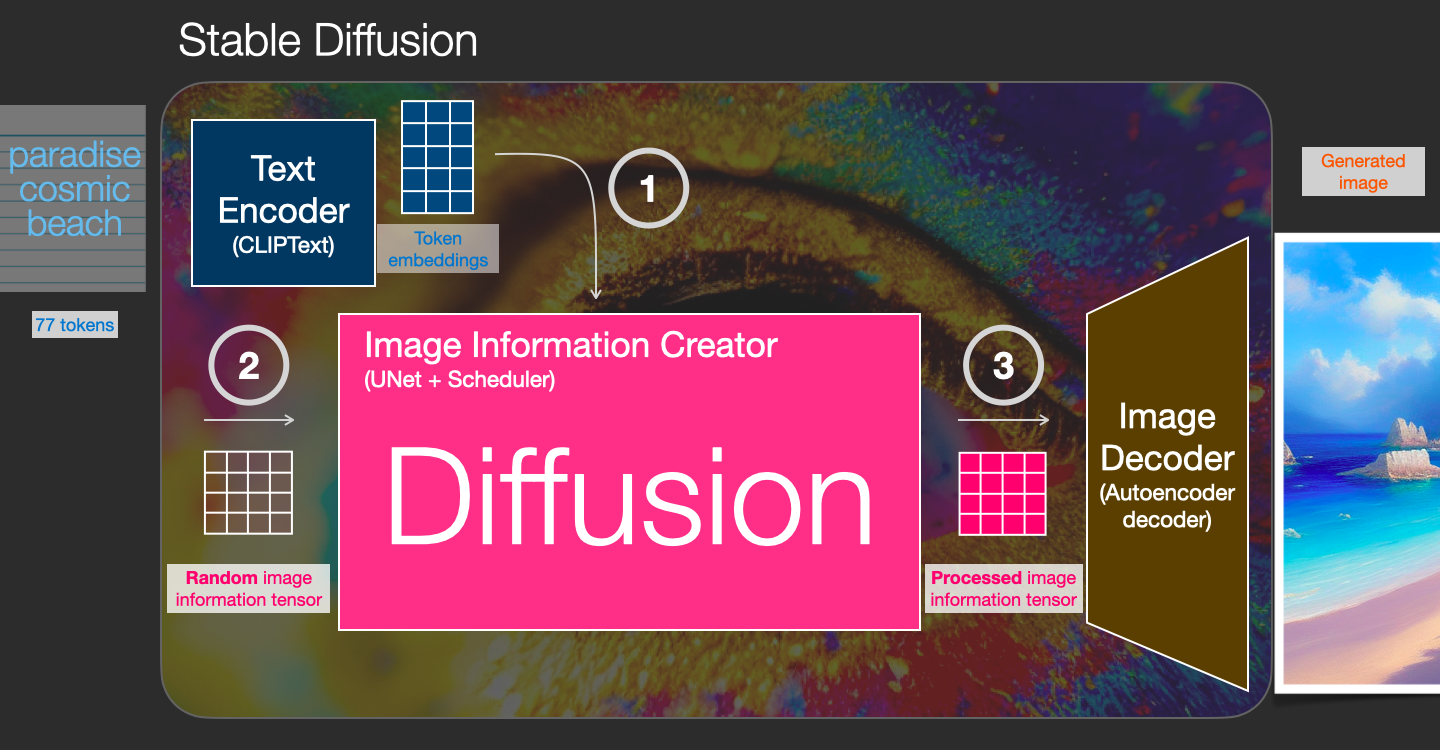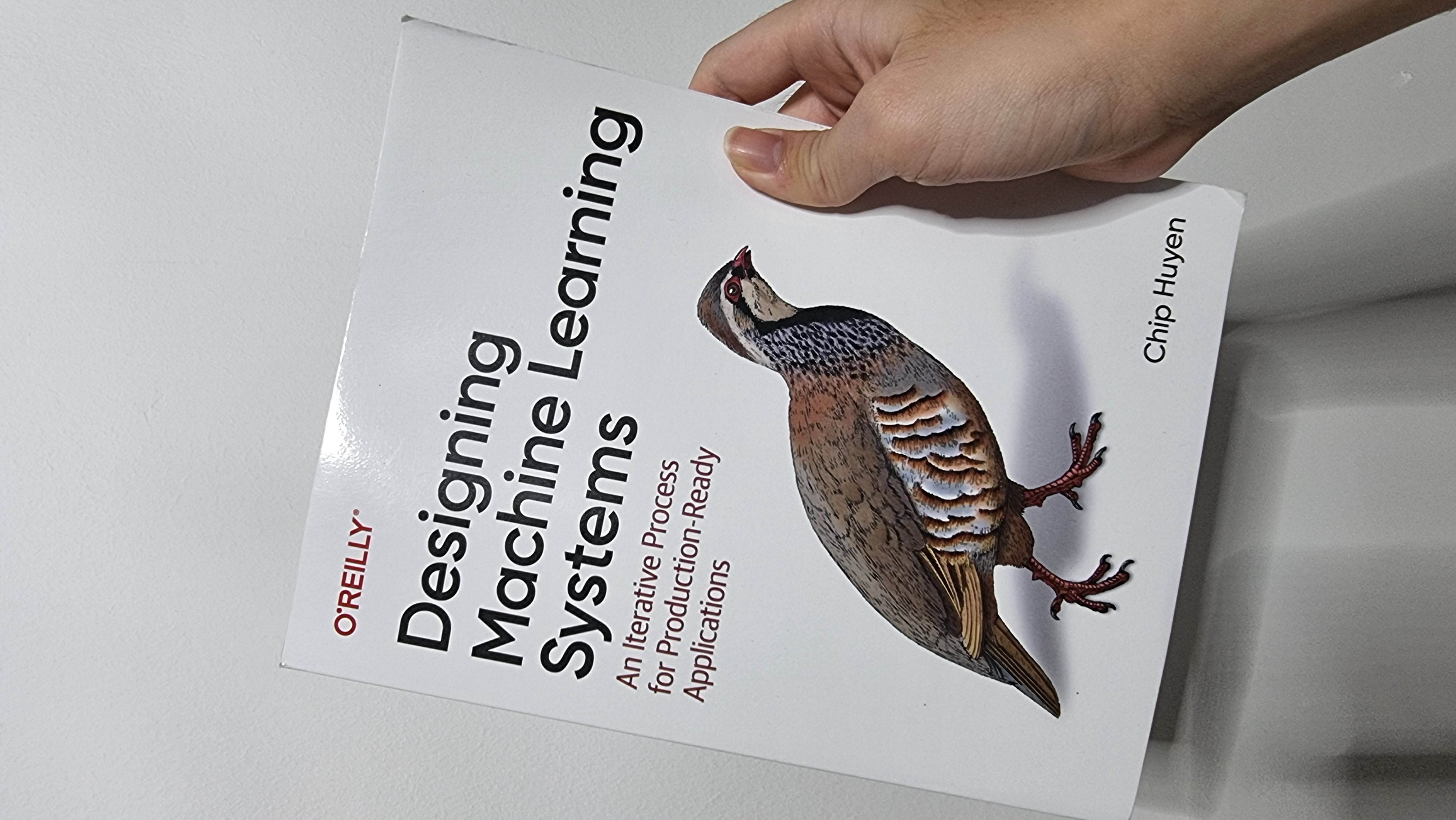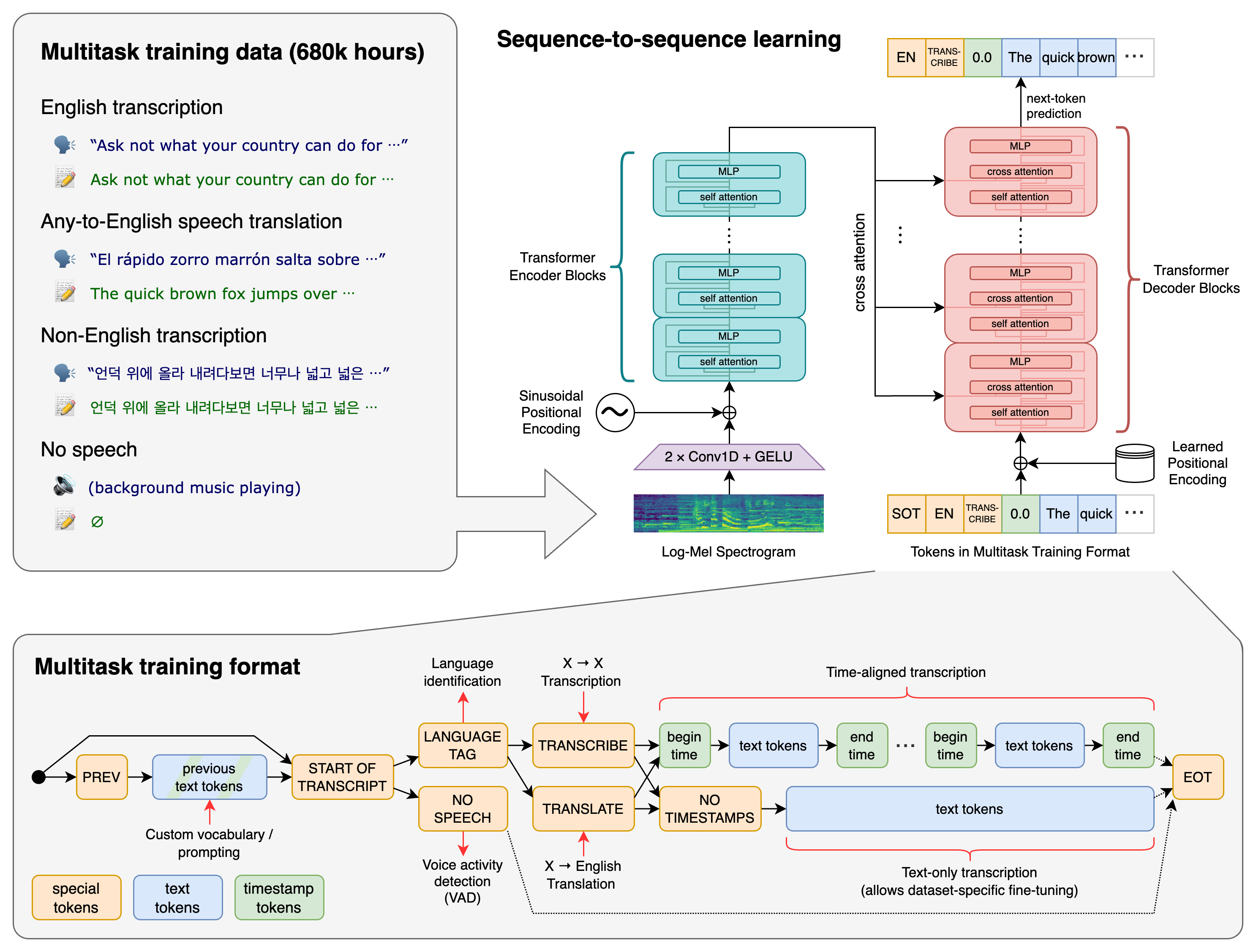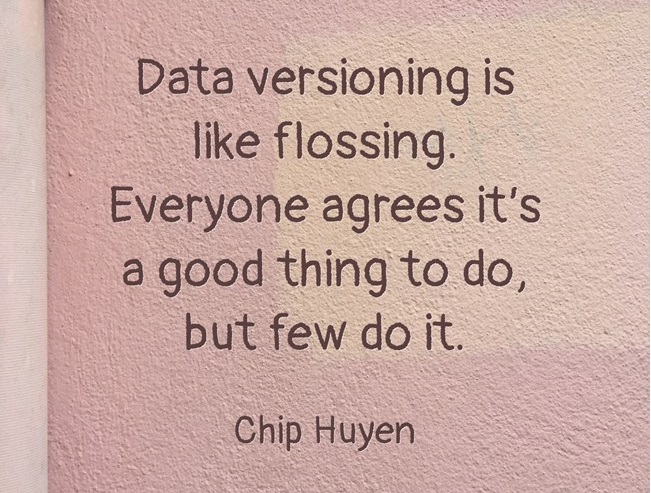As a passionate gamer, I have been reading about the Rocket League Nexto cheat situation with keen interest (https://kotaku.com/rocket-league-machine-learning-cheating-nexto-bot-1849980593).
For those unfamiliar with games, Rocket League is a competitive online game where players control cars to play football.
Someone has built a bot trained via reinforcement learning, and offered it as a cheating solution to help people win in competitive ranked games against other unsuspecting players.
Unsurprisingly, the bot is extremely good at the game, and helped the cheaters win against many human players.
To be fair, most online competitive games have plenty of “hackers” or people who use cheating solutions to win, so there is nothing new about this.
However most of these cheating solutions are simple hacks (e.g. wallhack, auto-aim) to the existing games, so that the cheating player can gain certain advantages.
Using a full-blown reinforcement learning-trained bot to cheat in online games is rare, which makes this news interesting.
One of the reasons this is made possible for Rocket League is because someone has built a third-party Python package, RLGym, that solves the challenges of (1) creating a representative gym and (2) interacting with the game (read game state & relay user input).
While I do not condone cheating with reinforcement training-trained bots, I have a small dream that one day game developers can setup dedicated channels/servers, where only user-designed bots can join and fight each other out to claim the throne of best AI.
Such a geeky thing I know, but imagine how fun would that be!
(p/s: The consultant in me said that game developers will never set this up, as this feature costs a lot to implement & maintain, but is unlikely to bring in additional revenue streams.)









